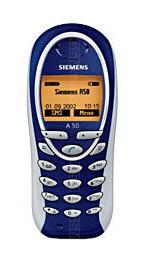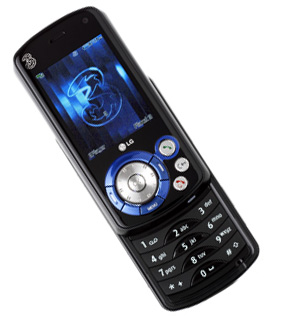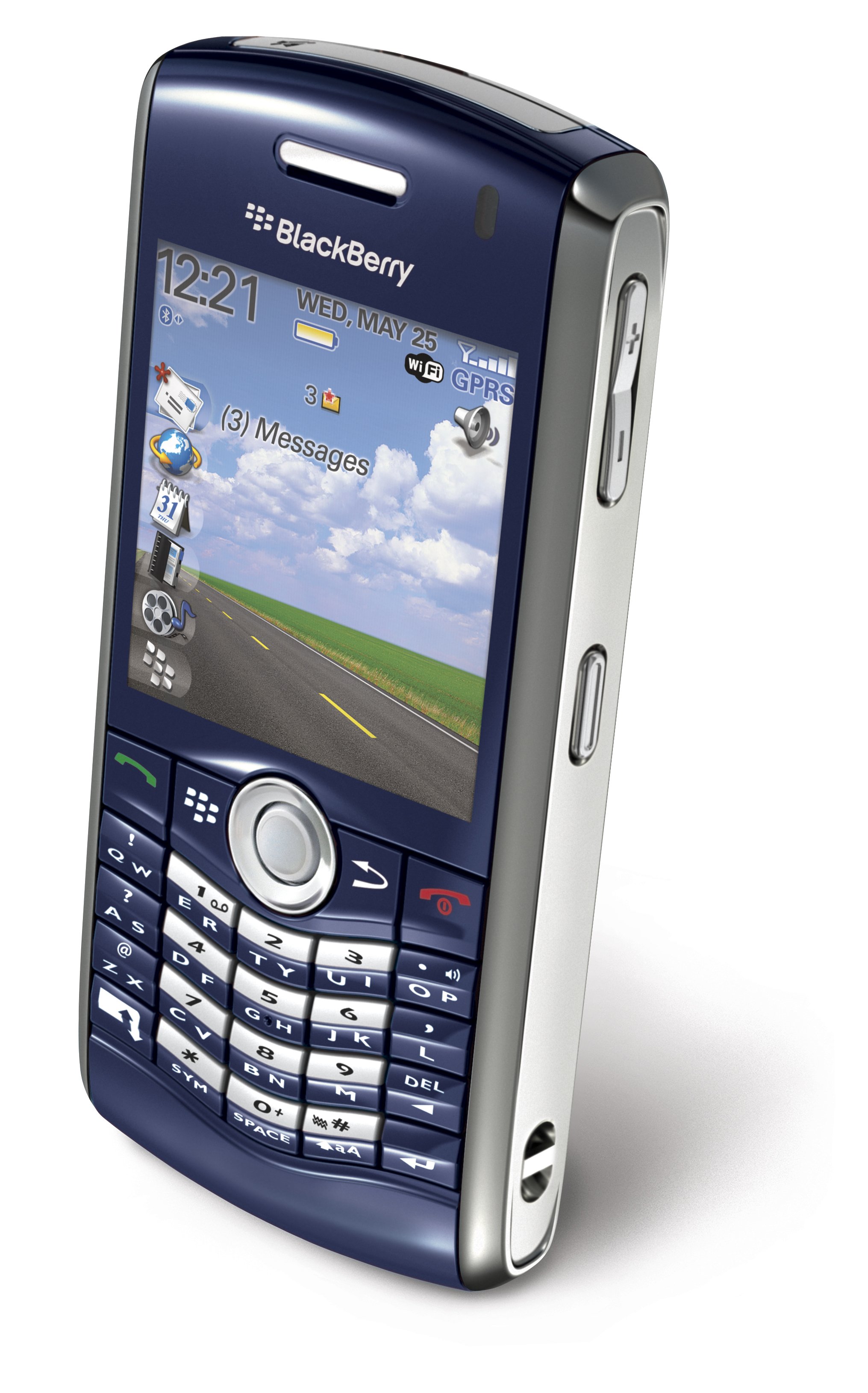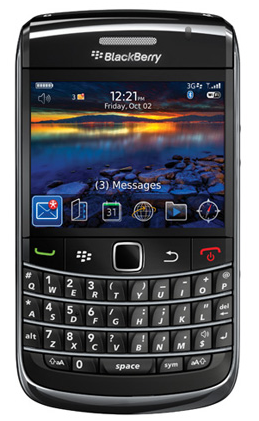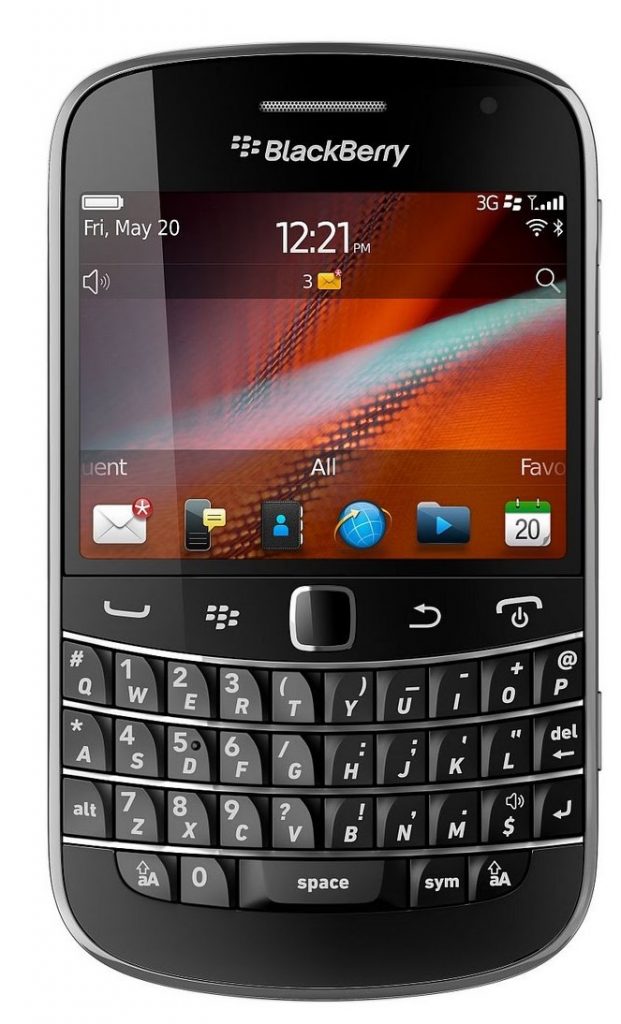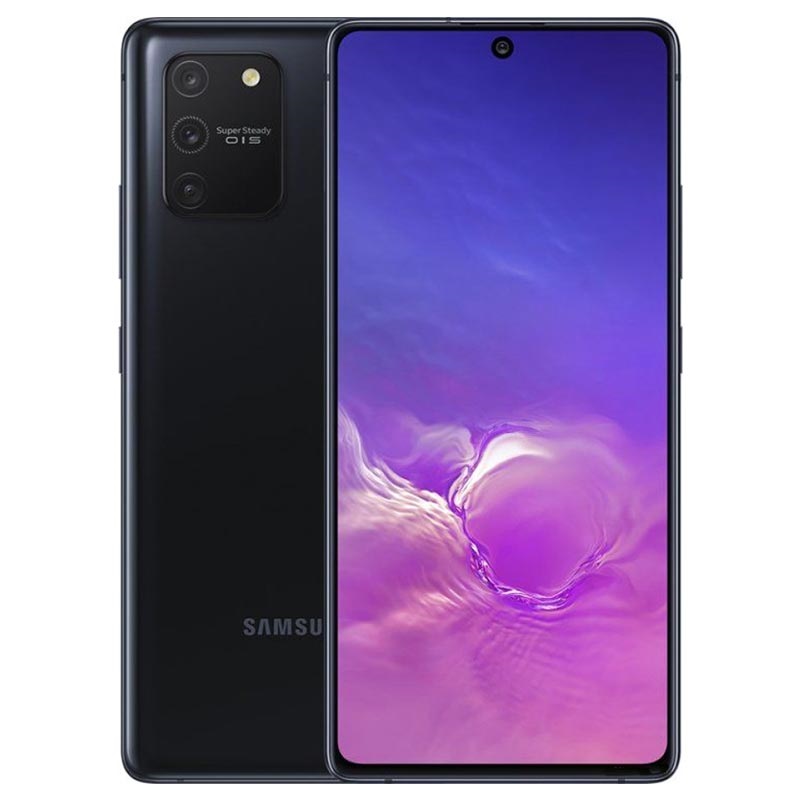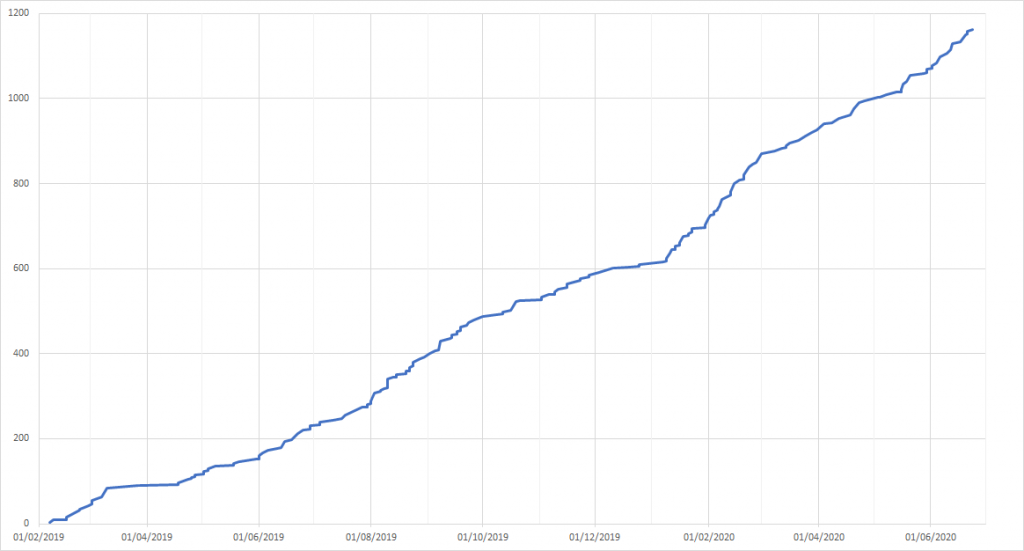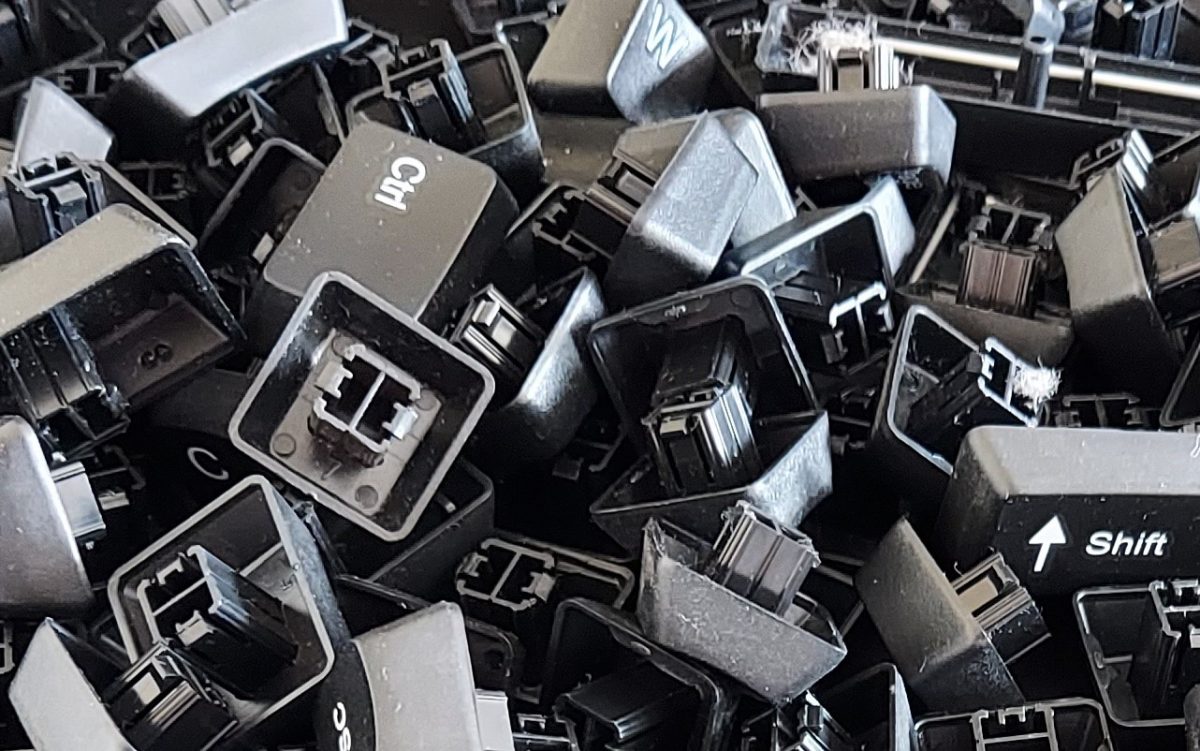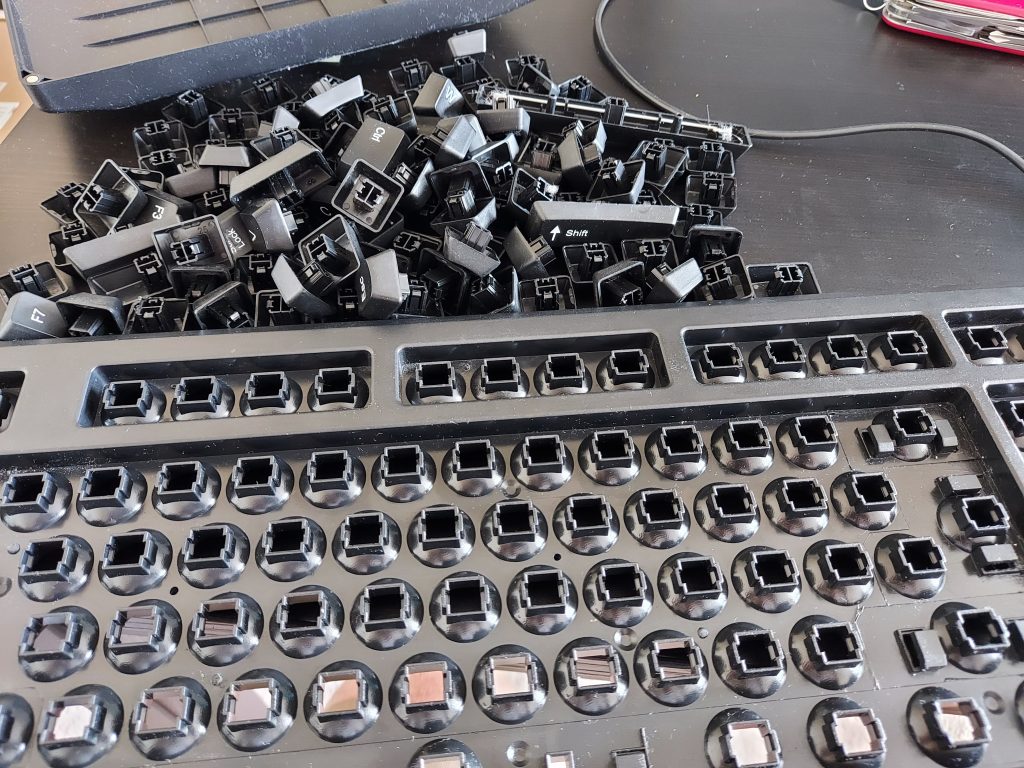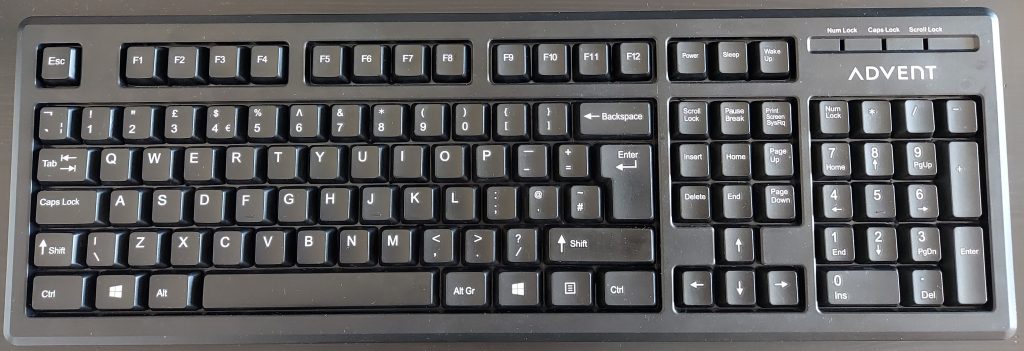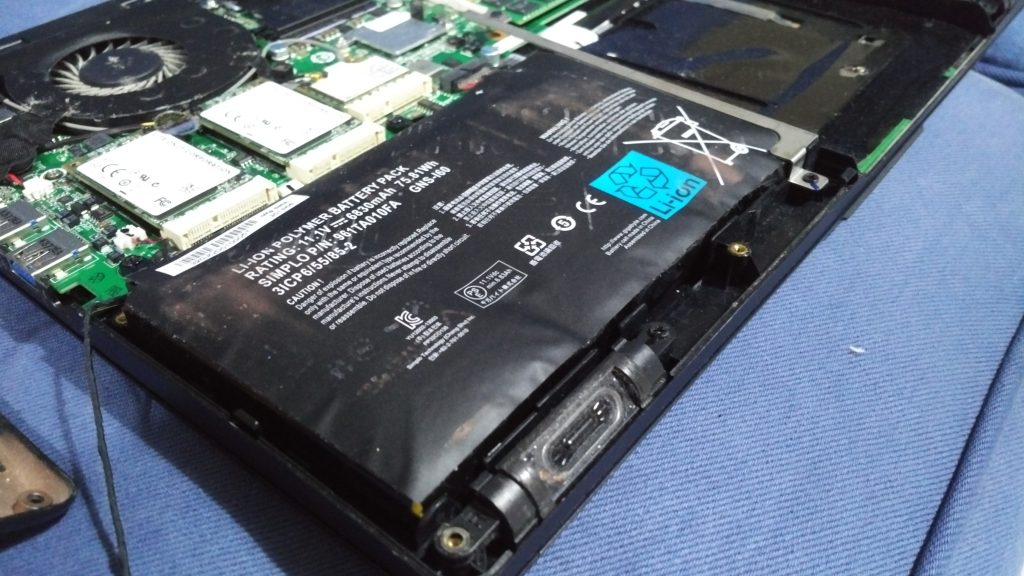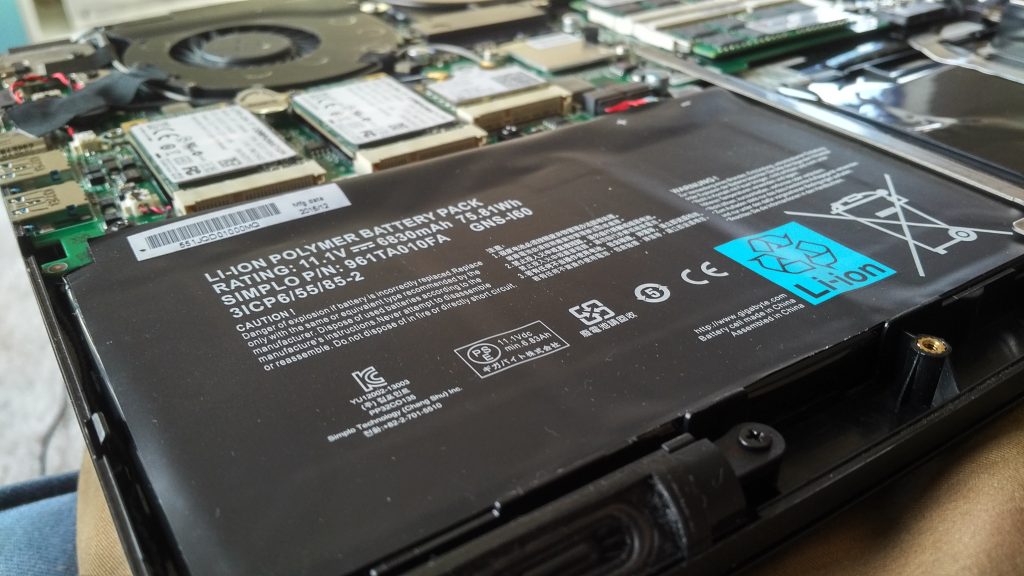I mentioned a couple of weeks ago that I was taking this week as holiday. One of the suggestions of things to do was baking. I’ve previously made cupcakes and brownies, but I’ve never baked bread before, so it was something that I thought I’d try.
A friend recommended the Lékué Silicone Bread Maker which is a simple to use all-in-one bowl for hand-making bread. (This post isn’t sponsored, but Lakeland, if you want to get in touch…)
I gave it a go earlier this week. I was really expecting this to go one of two ways. Either:
- This is amazing, I never need to buy bread from a shop again, or
- This is terrible, I can’t believe I wasted all that money on ingredients.
I always thought that bread needed to be kneaded for hours [pun intended], however the recipe said to “knead until you obtain an homogenous, uniform and elastic dough”, which seemed to happen a lot sooner than I expected. It was very sticky though, and the internet suggested this was because I had added too much water but it should still be ok. I did decide to gave it a few more minutes of kneading just to be sure though.
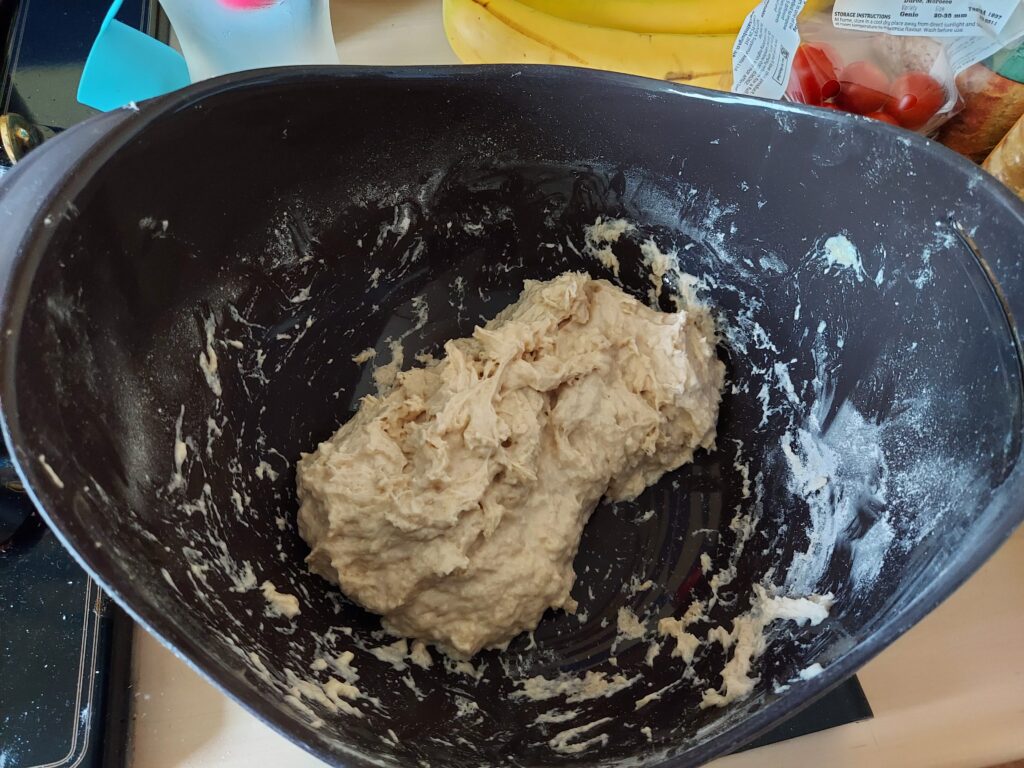
But what I hadn’t realised was how long the dough needs to be left to prove before baking. In total, the recipe called for the dough to be left for about 3 hours to rise, which if I had planned better, I would have started earlier so that it was ready for lunch.

Half an hour later, I took it out of the oven and was pleasantly surprised. It both looked and smelt like bread. It also tasted like bread, and whilst not mind-blowlingly tasty, it felt good to have made it myself.
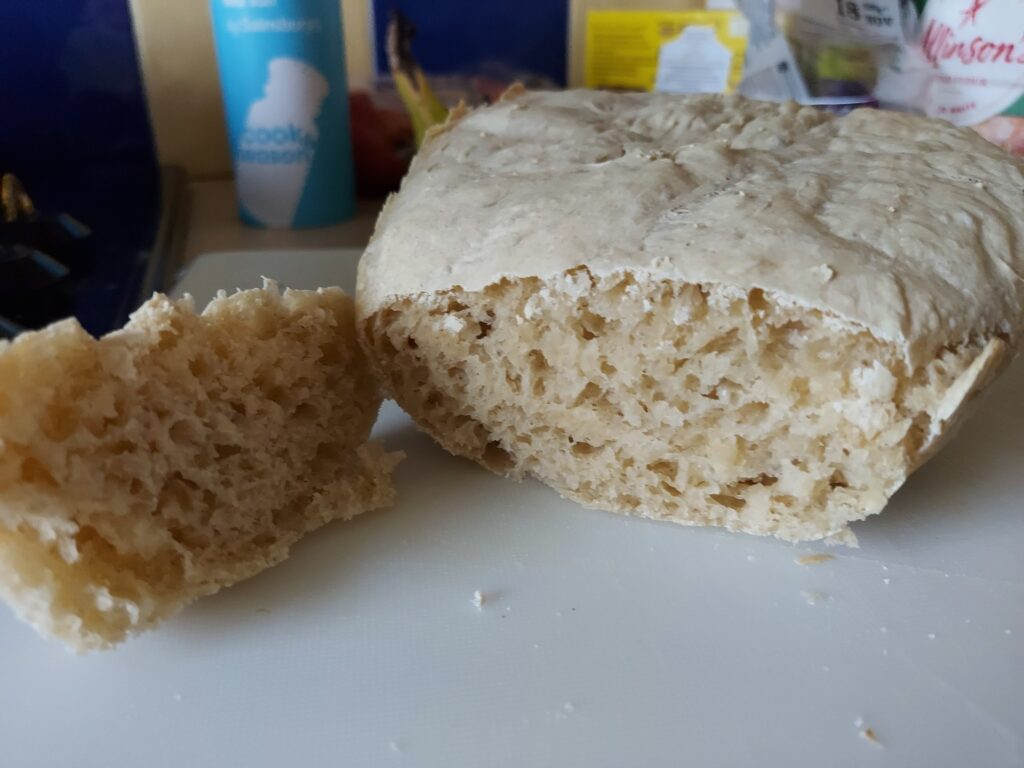
My only comment was that it is a very flat loaf of bread. I don’t know if was the recipe that I was following, or if I had done something wrong (not kneading it enough?), or whether this is just a limitation of the bread maker. But it is very tasty when lightly toasted and served with some butter and my homemade spicy vegetable soup.

Let me know any tips for making bread (or tips for improvement!), or suggestions for bread types you’d like to see me make!



